
It seems nearly impossible to understate the global importance of water. In the age of climate change, water scarcity is rising at levels predicted to impede sustainable development and slow progress against poverty for years ahead. However, better preparing for climate change and water scarcity can redirect water to a source of development.
As a result of interconnected issues pertaining to climate change, the world is expected to experience a 66 percent decrease in water availability by 2050. Ultimately, climate change negatively impacts every facet of the water cycle as it creates drought, uncertain weather patterns, increased natural disasters and other phenomena. Climate change is predicted to send new areas into drought and exacerbate already vulnerable areas. The greatest losses in water availability are likely for the Middle East, East Asia and much of Africa.
Climate change’s impact on water availability impedes food production, as seventy percent of global water use is devoted to agriculture. Without enough water to meet the rising demand for food, expected to be 60 percent higher than today by 2030, this spikes food prices and worsens food scarcity. For Sub Saharan Africa, food prices are expected to rise by 77 percent by 2080 as a result of climate change, compared to a worldwide average increase of 17 percent.
Water scarcity caused by climate change also wreaks havoc on economies, especially ones that are still developing. This is largely due to the fact that water is vital to sustaining development for health, incomes, properties and agriculture. These factors have the potential to generate economic downturn. Many regions that were already water-insecure face a six percent decline in GDP by 2050 as a result of climate change and water scarcity.
Ultimately, these interconnected issues can bring about conflict between nations over resources and water allocation. Water scarcity also spurs increased waves of migration to water-abundant locations. Most conflicts are expected in places with large social inequities, especially in the developing world.
Despite the fact that all people require water security, climate change and water scarcity especially impact low-income populations. Not only are developing nations most at risk of climate change, but insufficient resources make it difficult to cope with climate stressors. Poor water availability also exacerbates improper sanitation and safety in drinking water. This disproportionately threatens health and equality for marginalized populations.
But what can be done to impede the impact of climate change on water availability? The World Bank explains that ensuring water is used most efficiently is crucial to fighting water shortages, especially in dominant sectors such as agriculture. Meaningful changes are possible by drastically investing in climate-smart equipment and infrastructure around the world. These changes work to sustainably end pollution cycles while conserving resources.
Maybe most impactfully, changes in governmental policies are crucial; these can act as insurance plans against worsening climate stressors. World Bank President Jim Yong Kim explains that “countries can enact policies now that will help them manage water sustainably for the years ahead.”
Ultimately, making use of the world of available tools redirects water back to a potential for prosperity. Richard Damania, an economist for the World Bank, explains that “by allocating even 25 percent of water to more highly-valued uses, losses decline dramatically and for some regions may even vanish.” Instead of seeing negative growth from lessened water, some economies can predict a six percent increase in GDP if they sustainably develop water usage.
Water is a tool for lifting people out poverty and lessening the global impacts of climate change if the world makes sufficient use of proper tools. And although the drastic progress against water scarcity still needed today may be costly, the World Bank epitomizes that when it comes to water, “the costs of inaction are far higher.”
– Cleo Krejci
Photo: Flickr
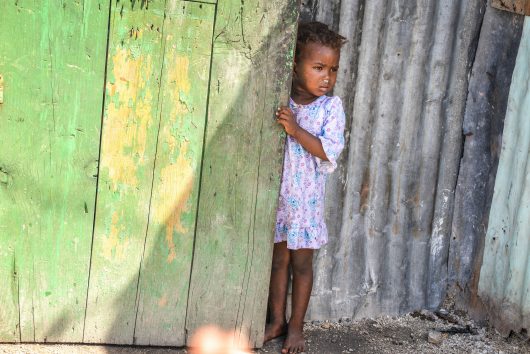
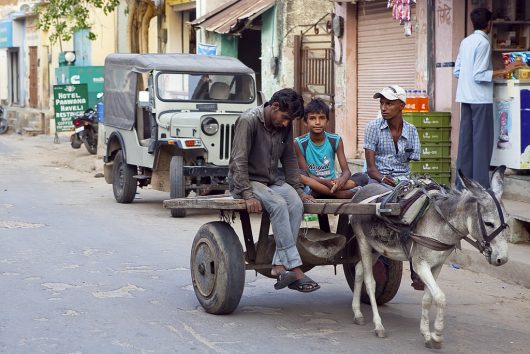

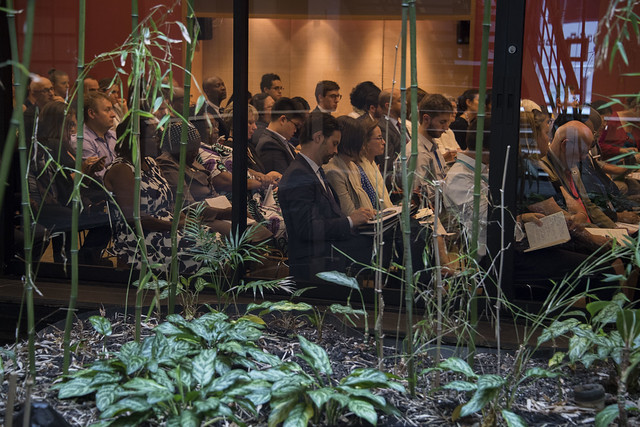 The High-level Political Forum on Sustainable Development (HLPF) will meet in
The High-level Political Forum on Sustainable Development (HLPF) will meet in 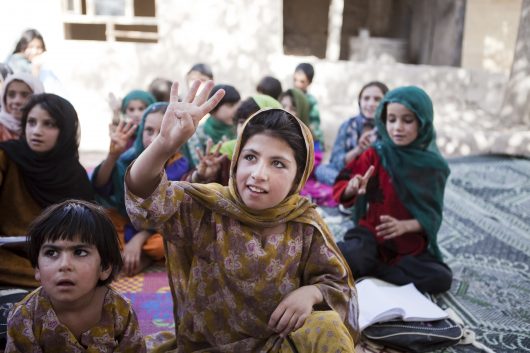
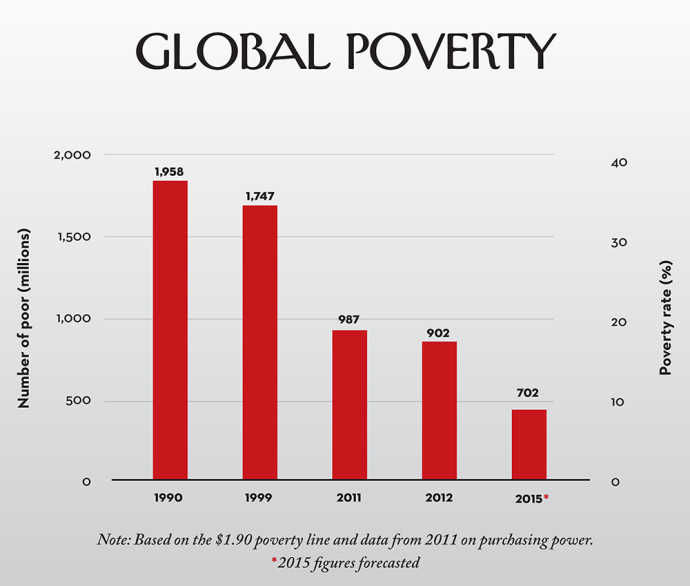

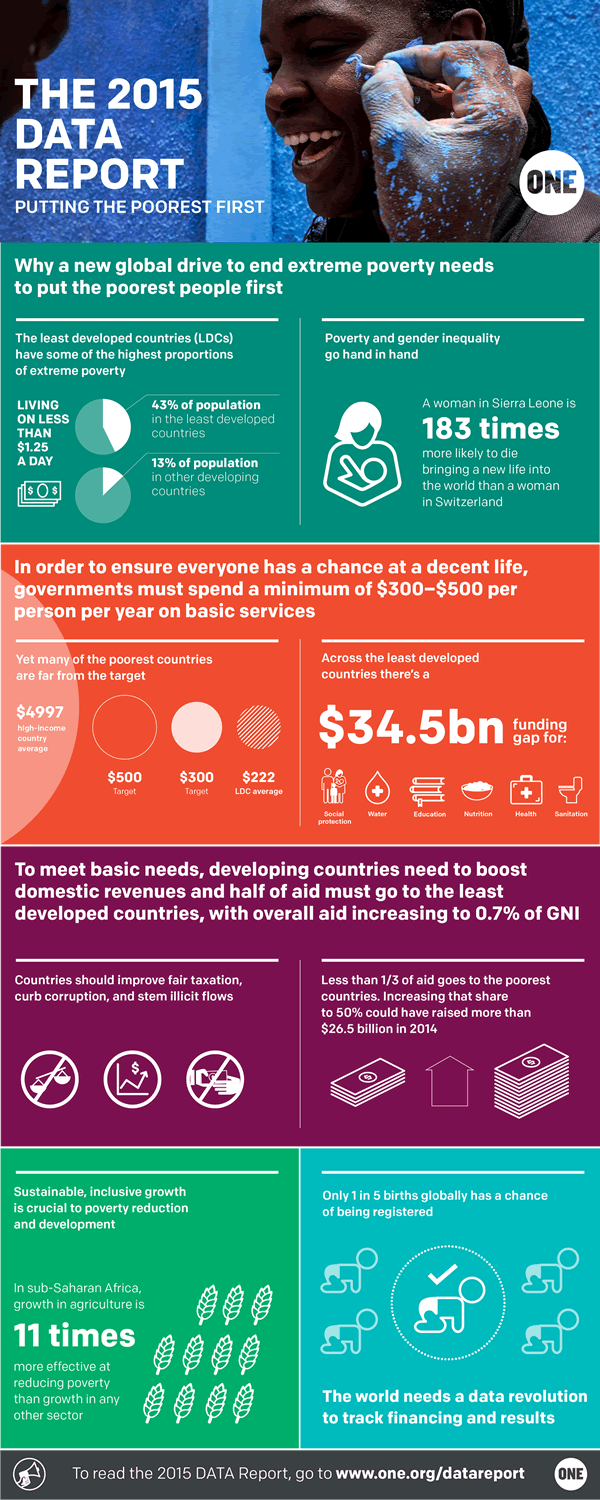



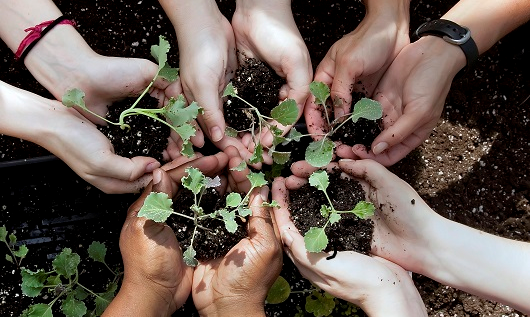 This year, 190 world leaders committed to the 17 Sustainable Development Goals (SDGs) endorsed by the U.N. to help
This year, 190 world leaders committed to the 17 Sustainable Development Goals (SDGs) endorsed by the U.N. to help 
